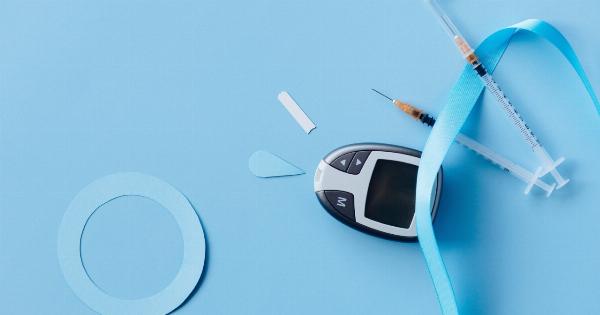Keeping blood sugar levels in check is essential for patients with diabetes. Regular exercise is considered a natural way to control blood sugar levels; however, staying committed to a workout regimen can be challenging.
Fortunately, technology has come up with a wide array of fitness gadgets that can help make managing diabetes easier.
1. Smartwatches
Smartwatches have become increasingly popular and offer many features that make them a solid choice for those managing diabetes.
One of the most notable features of smartwatches is the ability to measure heart rate, which can help monitor the impact of exercise on blood sugar levels. Additionally, they contain activity trackers that count steps and monitor sleep, essential factors for controlling diabetes.
Several smartwatches also offer glucose monitoring capabilities and push alerts when blood sugar levels fall below or exceed normal levels.
With this feature, patients can quickly adjust their workout sessions to ensure that their glucose levels remain within the needed range.
2. Continuous Glucose Monitoring (CGM) Devices
CGM devices are wearable gadgets that keep track of glucose levels throughout the day and night. These devices have a tiny wire that is inserted under the skin to measure glucose levels within the interstitial fluid.
With a continuous glucose monitor, patients can see their glucose levels in real-time, allowing them to make immediate adjustments to their diet and exercise regimens as needed. Several CGM devices also offer predictive alerts that forewarn patients of future glucose dips or spikes.
3. Blood Glucose Meters
Blood glucose meters are simple gadgets that measure glucose levels through a finger prick test. These devices have become smaller and more user-friendly in recent years, making them a perfect choice for people who struggle with technology.
The data collected from these devices can be synced with smartphones, enabling users to keep track of their glucose levels and monitor their progress with ease. They can also be used alongside activity trackers to ensure that exercise isn’t causing blood sugar levels to fall too low or rise too high.
4. Heart Rate Monitors
During workouts, heart rate levels can help determine how effectively glucose levels are being managed. Smartwatches have built-in heart rate monitors; however, individuals who prefer not to wear a watch-like gadget can opt for a chest strap monitor.
These monitors are worn around the chest and use radiofrequency signals to transmit heart rate data to the accompanying app. Some apps are compatible with smartwatches and sync with the watch to display heart rate data instantly on the wrist.
5. Running and Cycling Sensors
Running and cycling sensors can help manage diabetes by monitoring activity performance and offering insights into which exercises are most effective in blood sugar control.
These sensors come in a range of forms and styles, including foot pods that attach to shoes and cadence sensors that attach to bike pedals. Running and cycling sensors can track distance, pace, and heart rate, and sync with an app for real-time monitoring.
6. Fitness Apps
Fitness apps are excellent tools for tracking workouts and keeping goals. There are many apps that can work directly with smartwatches and sync with other devices such as heart rate monitors and glucose meters.
Fitness apps allow patients to keep an eye on their health, track progress, and receive feedback on their exercise routine in real-time, making them ideal for monitoring blood sugar levels.
7. Bluetooth Headphones
Running sessions are more enjoyable with music, and headphones ensure that patients can enjoy an excellent audio experience without the hassle of cables getting in the way.
Bluetooth headphones offer complete flexibility while working out and generally stay in place during high-intensity workouts. They are also compatible with most smartphones and smartwatches, making them an ideal accessory for managing diabetes during workouts.
8. Smart Scales
Smart scales measure more than weight, including body fat, muscle mass, and body water percentages.
They offer an accurate and comprehensive measurement of overall health, ensuring that diabetes patients can monitor their body composition as well as their glucose levels. Smart scales use Bluetooth technology and sync with several apps that offer insight into the overall well-being of the user.
9. Yoga Mats
Yoga is an excellent workout for stress reduction, and patients managing diabetes can benefit from incorporating it into their fitness regime.
Yoga mats provide the perfect cushioning and traction during the various moves and positions that yoga involves. They also help ensure that patients remain comfortable and safe while performing the moves, especially for those with foot sores or neuropathy.
10. Compression Socks
Compression socks help increase circulation and reduce swelling, making them ideal for diabetes patients who often experience poor blood flow in their feet.
They also help prevent muscle soreness and fatigue during workouts, making exercise more comfortable and lessening the risk of injury. Compression socks are available in different styles and colors, and patients can easily choose the ones that best suit their needs.

























